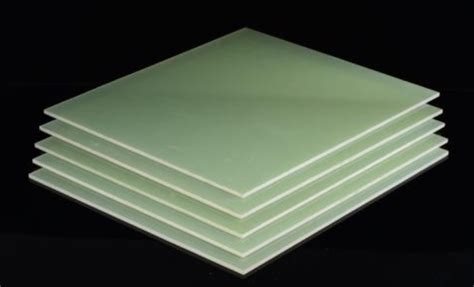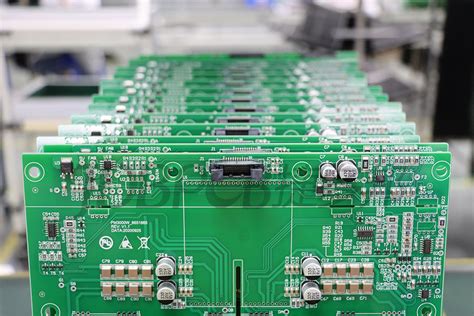Efficient Strategies for Quick Turn PCB Assembly Solutions

Key Takeaways
The successful implementation of quick turn PCB assembly processes hinges on several critical factors that can significantly enhance overall efficiency. Understanding the proper dynamics of pcb assembly can foster improvements from initial design to the final product. By adopting best practices, manufacturers can optimize workflow and reduce inefficiencies in PCBA, thus achieving a more streamlined operation.
For instance, integrating advanced technologies that support rapid prototyping and testing can markedly reduce production times while maintaining quality standards. As a result, it is crucial to invest in tools that allow for real-time simulations and feedback during the assembly process. Moreover, establishing strategic partnerships with suppliers can facilitate quicker access to raw materials and components necessary for various assemblies.
It’s also important to embody a culture of continuous improvement; employing methodologies such as Lean manufacturing or Six Sigma can lead to better decision-making in the face of evolving challenges associated with rapid circuit board production.
“Emphasizing agile development principles within your PCB processes not only speeds up timelines but also enhances responsiveness to market demands.”
This focus on responsiveness, efficiency, and strategic planning will undoubtedly empower organizations to stay ahead in competitive landscapes while effectively meeting customer expectations.
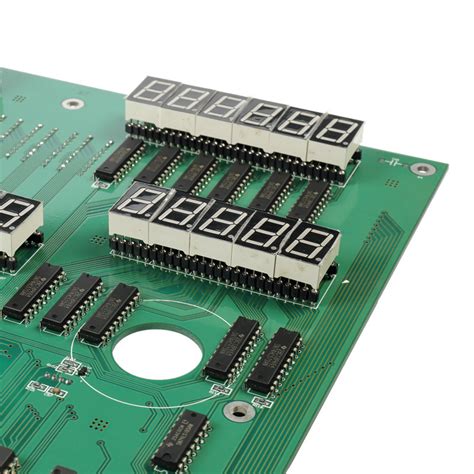
Understanding Quick Turn PCB Assembly: An Overview
In today’s fast-paced electronics industry, quick turn PCB assembly has become a pivotal solution for companies seeking to shorten product development cycles and respond swiftly to market demands. This process, often referred to as PCBA (Printed Circuit Board Assembly), focuses on accelerating the manufacturing stages while maintaining high-quality standards. The need for rapid prototyping and low-volume production has driven innovations in PCB assembly techniques, leading to the adoption of advanced technologies and methodologies. By leveraging automation and streamlined workflows, manufacturers can significantly reduce lead times without compromising the integrity of the circuit boards. As firms endeavor to enhance their competitive edge, understanding the nuances of quick turn PCB assembly is essential. This involves recognizing the critical role that effective communication between design engineers and assembly teams plays in ensuring smooth transitions from design to production. Ultimately, a well-executed quick turn process not only meets immediate project timelines but also lays the groundwork for better efficiency in future projects, contributing to the longevity and success of electronic product lines.
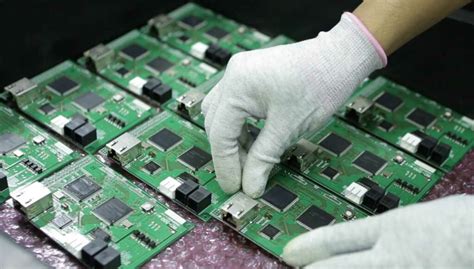
Best Practices for Streamlining Quick Turn PCB Processes
To achieve optimal efficiency in quick turn PCB assembly, adopting best practices is vital. First, effective communication between engineering and manufacturing teams can significantly reduce misunderstandings, leading to a smoother workflow. Ensuring that design for manufacturability (DFM) principles are incorporated during the design phase can also prevent costly changes later on. Utilizing automated tools and software for design reviews helps in identifying potential issues early in the pcb assembly process, which allows teams to address them proactively.
Additionally, choosing high-quality suppliers who specialize in fast turnaround times can further enhance production speed. Establishing strong partnerships with suppliers ensures that the necessary components are readily available when needed, ultimately reducing lead times.
Moreover, implementing lean manufacturing principles within the pcba process is key. This approach focuses on minimizing waste while maximizing productivity—streamlining operations through continuous improvement methods such as Just-In-Time (JIT) inventory systems can significantly boost efficiency.
| Strategy | Benefits |
|---|---|
| Effective Communication | Reduces misunderstandings |
| Design for Manufacturability (DFM) | Prevents costly changes |
| Automated Design Review Tools | Identifies potential issues early |
| Strong Supplier Relationships | Ensures component availability |
| Lean Manufacturing Principles | Minimizes waste and maximizes productivity |
Incorporating these best practices into quick turn PCB processes will not only enhance productivity but also ensure that production timelines are met consistently, enabling businesses to respond swiftly to market demands while maintaining high standards in their pcb assembly operations.
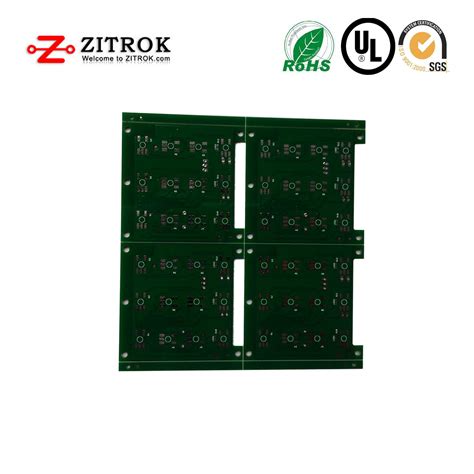
Essential Technologies for Rapid Circuit Board Production
In the realm of quick turn PCB assembly, the integration of advanced technologies plays a crucial role in achieving efficient and timely production. One of the cornerstone technologies in this field is automated assembly. By utilizing pick-and-place machines, manufacturers can significantly reduce the time taken for component placement, ensuring a higher accuracy and reliability in the PCBA process. Additionally, incorporating surface mount technology (SMT) allows for more compact designs and faster fabrication times, making it an ideal choice for rapid circuit board production. Another vital aspect is the use of software tools such as Computer-Aided Design (CAD) systems that streamline the design-to-manufacturing workflow. These tools enable engineers to simulate and optimize circuit layouts before physical production begins, thus minimizing costly revisions and delays. Furthermore, establishing a robust supply chain management system ensures that critical components are readily available to meet tight deadlines. By leveraging these essential technologies, manufacturers can enhance their capabilities in pcba, delivering high-quality products with reduced lead times and increased efficiency in quick turn assembly operations. Ultimately, embracing these advancements sets the stage for successful rapid circuit board production while meeting market demands effectively.
Tips to Reduce Lead Times in PCB Assembly
Reducing lead times in PCB assembly is critical for manufacturers aiming to meet the increasing demand for rapid production cycles. One effective strategy is to adopt lean manufacturing principles, which focus on minimizing waste throughout the production process. Implementing just-in-time inventory management ensures that components are available only when needed, which reduces storage costs and delays. Additionally, leveraging advanced technologies, such as automated assembly equipment and real-time tracking systems, can significantly streamline the workflow in PCBA.
Collaboration with suppliers plays a pivotal role in shortening lead times as well. Establishing strong relationships can lead to better communication regarding material availability and delays, allowing for quicker responses to potential issues. Furthermore, investing in employee training ensures that the workforce is skilled in best practices for rapid production methods, enhancing overall efficiency.
Another important tip is to prioritize the design phase by utilizing design-for-manufacturability (DFM) guidelines. Optimizing the layout of circuit boards not only aids in speeding up the assembly process but also can reduce potential errors that may result in rework or scrap. Involving all stakeholders early on can contribute significantly to smoother transitions from design to fabrication and assembly.
Lastly, employing simulation tools during both pre-production and assembly stages allows teams to predict potential bottlenecks or complications before they materialize. By proactively addressing these issues, manufacturers can maintain a smoother operation and further reduce overall lead times in PCB assembly.
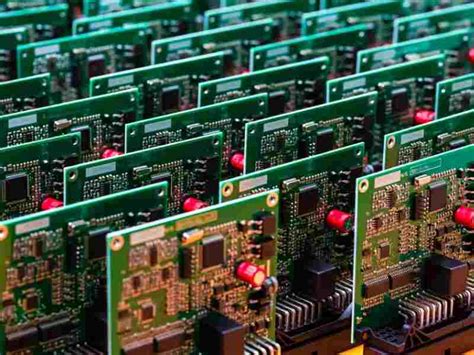
Enhancing Productivity in Quick Turn PCB Manufacturing
In today’s fast-paced electronics market, enhancing productivity in quick turn PCB assembly is crucial for staying competitive. Companies striving for efficiency in PCB assembly should adopt a multifaceted approach that incorporates process optimization, technology integration, and skilled labor. Implementing lean manufacturing principles can significantly reduce waste and streamline operations. Utilizing automated equipment during the PCBA process not only accelerates production but also improves precision and quality, which are essential for rapid circuit board production. Furthermore, fostering a culture of continuous improvement among employees ensures that the team is agile and responsive to challenges. Training and development initiatives can empower staff with the latest skills and techniques, ultimately leading to enhanced productivity. Additionally, regular communication among teams involved in design, manufacturing, and testing can identify bottlenecks early on, allowing for timely interventions that keep projects on track. Adopting these strategies promotes an environment where quick turn PCB assembly thrives, ultimately leading to shorter lead times and increased customer satisfaction. By leveraging the interplay of technology, methodology, and team dynamics, companies can achieve remarkable improvements in their PCBA efficiency.
Case Studies: Successful Quick Turn PCB Assembly Implementations
Successful implementations of quick turn PCB assembly processes can significantly transform organizations and their manufacturing capabilities. One notable case involved a tech startup that required rapid production of a prototype for a cutting-edge wearable device. By leveraging advanced PCB assembly techniques, the company reduced its lead times from weeks to just a few days. By adopting best practices such as efficient design for manufacturability (DFM) and utilizing flexible manufacturing systems, they were able to streamline their workflow. Another example can be seen in the automotive industry, where a leading manufacturer faced stringent deadlines for new model releases. They employed innovative technologies like automated inspection systems to enhance the quality of their printed circuit board assemblies (PCBA) swiftly. This strategic move not only shortened production times but also improved overall product reliability, which is crucial in automotive applications. These case studies illustrate that by integrating state-of-the-art practices and technologies, organizations can achieve remarkable efficiencies in quick turn PCB assembly, ultimately leading to better market responsiveness and increased customer satisfaction.
Future Trends in Quick Turn PCB Assembly Solutions
As industries continue to evolve, the future of quick turn PCB assembly (PCBA) solutions is shaped by several key trends that promise to enhance efficiency and innovation. One significant trend is the increasing adoption of automation technologies, which streamline the PCBA process by minimizing manual intervention, thus reducing the likelihood of errors and improving overall productivity. Moreover, advancements in software solutions for integrated design and manufacturing are facilitating faster prototypes and iterations, allowing teams to respond more agilely to market demands. The rise of smart manufacturing practices is also noteworthy; companies are leveraging Internet of Things (IoT) connectivity to gather real-time data from assembly processes, which aids in predictive maintenance and operational transparency.
Sustainability is becoming a primary focus in PCB assembly, with manufacturers exploring eco-friendly materials and methods that reduce waste and energy consumption. Innovations in material science are leading to breakthroughs in flexible circuit technology, which cater to increasing consumer demand for miniaturization and adaptability in electronic devices. As a result, businesses must remain vigilant in adapting their strategies for quick turn PCB solutions by integrating these emerging technologies while also prioritizing environmental responsibility. Overall, these trends signal a shift towards more efficient, adaptable, and sustainable practices in the realm of PCBA, paving the way for enhanced performance within competitive markets.
Conclusion
In summary, the landscape of quick turn PCB assembly continues to evolve, offering numerous opportunities for businesses aiming to stay competitive in a time-sensitive market. By implementing best practices in PCB assembly, organizations can significantly streamline their processes. Embracing essential technologies such as automated assembly equipment and advanced software solutions can further enhance efficiency and shorten lead times for PCBA projects. Moreover, fostering a culture of continuous improvement and innovation will not only elevate productivity but also facilitate better responsiveness to client needs. The case studies discussed illustrate successful implementations that underline the value of agility in production strategies. As emerging trends continue to shape the future of quick turn PCB assembly, staying informed and adaptable will be key for organizations eager to harness these advancements and deliver exceptional results in an increasingly fast-paced environment.
FAQs
Q: What is quick turn PCB assembly?
A: Quick turn PCB assembly refers to the accelerated process of producing and assembling printed circuit boards (PCBs) within a short timeframe, often catering to urgent project requirements.
Q: Why is PCBA important in electronic manufacturing?
A: PCBA, or printed circuit board assembly, is critical because it transforms bare boards into functional electronic devices, ensuring that components are correctly placed and soldered for optimal performance.
Q: What are common challenges in quick turn PCB assembly?
A: Common challenges include managing supply chain constraints, maintaining high-quality standards under time pressure, and ensuring precise component sourcing and placement during the rapid production cycle.
Q: How can I reduce lead times in PCB assembly?
A: To reduce lead times in PCB assembly, streamline your design processes, leverage advanced manufacturing technologies, and build strong relationships with suppliers to ensure quick access to components.
Q: What technologies enhance productivity in quick turn PCB manufacturing?
A: Essential technologies include automated pick-and-place machines, advanced software for design and simulation, and real-time monitoring systems that streamline workflows and minimize errors during production.




